
Vin - Femme voilée - Série : Carnotzet
Moz - David Vuillermoz
Photography - 96 x 120 x 0.1 cm Photography - 37.8 x 47.2 x 0 inch
$3,326
Black and white photography is a timeless technique that continues to captivate modern audiences, though it was once the only form of photography available. It is often associated with historical moments, vintage aesthetics, and a nostalgic feel, making it a powerful medium for capturing timeless imagery.
The origins of black and white photography date back to the 1830s when Joseph Nicéphore Niépce discovered how to print images onto metal plates. Following his death in 1833, Louis Daguerre, alongside François Arago, developed the daguerreotype—a process in which an image was created on a silver plate by exposure to light. This breakthrough invention laid the foundation for the photography we know today.
In its early stages, black and white photography was used primarily for research, but it quickly gained popularity. The advent of daguerreotype studios brought photography to the public, and black and white portraits became common, immortalizing the upper middle classes and eventually capturing all walks of life. Portraits of celebrities also became a key focus for photographers, a tradition carried on by Jean-Loup Sieff almost a century after the invention of photography.
While the first colored photographs appeared as early as 1860, it wasn't until the 20th century that the technique gained widespread use. During this time, many celebrated photographers emerged, contributing to the art of photography. Street photography, in particular, became a prominent style, with iconic photographers like Robert Doisneau, Brassaï, and Henri Cartier-Bresson capturing the urban landscapes and candid moments of the era. Their ability to freeze fleeting moments in black and white has made their work iconic, evoking a sense of nostalgia and emotion that transports us to the past.
In the United States, the humanist photographer Walker Evans played a key role in shaping black and white photography. He captured everyday life in modern America, whether in the bustling New York subway or the rural highways of the Deep South. Robert Frank followed in his footsteps, capturing raw, emotional portraits of the American people, marked by his unique photographic style and composition.
However, black and white photography isn't limited to everyday scenes—it can also elevate landscapes, as demonstrated by photographers like Kasra. His use of long exposure in black and white creates soft, ethereal effects that convey the passage of time in an extraordinary way. Photographers like Michael Kenna and Ricky Cohete also excel in this genre, capturing breathtaking black and white landscapes.
The contrast between black and white in photography is often used to enhance visual impact. Black, representing darkness or melancholy, and white, symbolizing light and hope, work together to accentuate form and contrast in a sophisticated and elegant manner. This combination directs the viewer's focus to the subject matter, creating powerful imagery that speaks to emotions.
Black and white photography often evokes nostalgia, embedding a sense of timelessness in each image. Its ability to capture moments frozen in time makes it a unique and enduring artistic choice.
At Artsper, we invite you to explore this captivating art form with a curated selection of works from renowned photographers such as Brno Del Zou, Yevgeniy Repiashenko, Emmanuelle Barbaras, Bert Stern, Alexander Benz, and Hervé Gloaguen. These artists showcase the power and beauty of black and white photography, offering a glimpse into moments of history and emotion through their lens.
Save your search and find it in your favorites
Save your search to find it quickly
Saved search
Your search is accessible from the favorites tab > My favorite searches
Unsaved search
A problem occurred

Photography - 96 x 120 x 0.1 cm Photography - 37.8 x 47.2 x 0 inch
$3,326

Photography - 61 x 51 x 0.01 cm Photography - 24 x 20.1 x 0 inch
$1,973

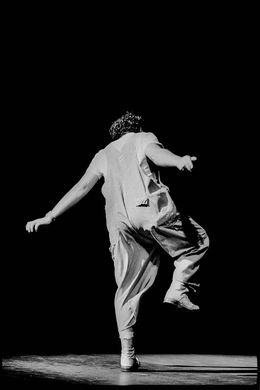
Photography - 60 x 40 x 0.1 cm Photography - 23.6 x 15.7 x 0 inch
$676

Photography - 120 x 120 x 0.1 cm Photography - 47.2 x 47.2 x 0 inch
$2,954
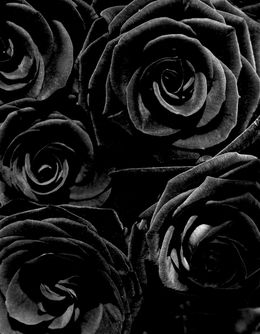

Photography - 35.6 x 27.9 x 0.3 cm Photography - 14 x 11 x 0.1 inch
$12,000



Photography - 30 x 45 x 0.1 cm Photography - 11.8 x 17.7 x 0 inch
$868

Photography - 61 x 51 cm Photography - 24 x 20.1 inch
$2,368


Photography - 34 x 53.3 x 0.5 cm Photography - 13.4 x 21 x 0.2 inch
$1,500


Photography - 80 x 60 x 1 cm Photography - 31.5 x 23.6 x 0.4 inch
$620
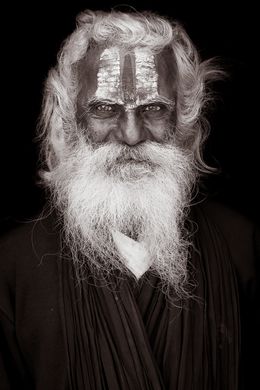
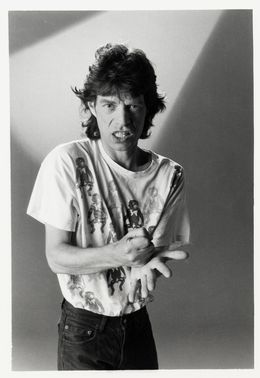
Photography - 50 x 40 cm Photography - 19.7 x 15.7 inch
$2,819
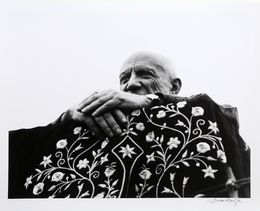
Photography - 45.7 x 55.9 cm Photography - 18 x 22 inch
$12,000

Photography - 60 x 30 x 1 cm Photography - 23.6 x 11.8 x 0.4 inch
$676

Photography - 91.4 x 61 x 0.3 cm Photography - 36 x 24 x 0.1 inch
$2,222

Photography - 107 x 166 x 0.3 cm Photography - 42.1 x 65.4 x 0.1 inch
$10,000

Photography - 30 x 36.5 x 0.1 cm Photography - 11.8 x 14.4 x 0 inch
$902

Photography - 61 x 46 x 2 cm Photography - 24 x 18.1 x 0.8 inch
$654


Photography - 30 x 22.5 x 1 cm Photography - 11.8 x 8.9 x 0.4 inch
$665

Photography - 70 x 70 x 0.3 cm Photography - 27.6 x 27.6 x 0.1 inch
$874 $743
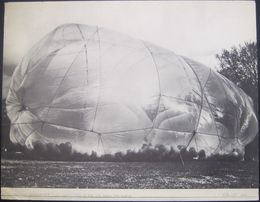
Photography - 50 x 70 x 0.2 cm Photography - 19.7 x 27.6 x 0.1 inch
$5,074

Photography - 30 x 40 cm Photography - 11.8 x 15.7 inch
$3,270

Photography - 152.4 x 190.5 cm Photography - 60 x 75 inch
$15,250
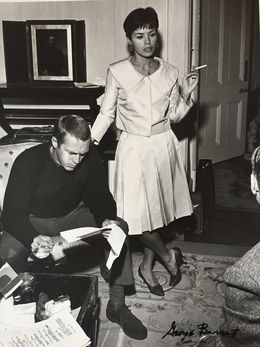
Photography - 36 x 28 cm Photography - 14.2 x 11 inch
$778

Photography - 41 x 58 x 0.1 cm Photography - 16.1 x 22.8 x 0 inch
$834



Photography - 40 x 40 x 4 cm Photography - 15.7 x 15.7 x 1.6 inch
$564

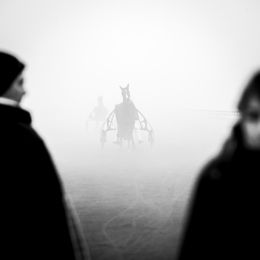

Photography - 35.6 x 27.9 x 1.3 cm Photography - 14 x 11 x 0.5 inch
$1,950
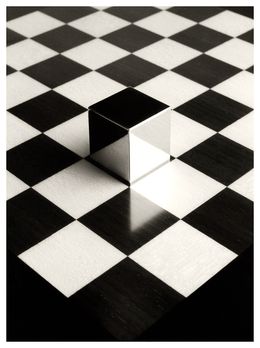

Photography - 100 x 120 x 2 cm Photography - 39.4 x 47.2 x 0.8 inch
$2,480





Photography - 60 x 60 x 0.1 cm Photography - 23.6 x 23.6 x 0 inch
$1,353


Photography - 60 x 60 x 1 cm Photography - 23.6 x 23.6 x 0.4 inch
$676
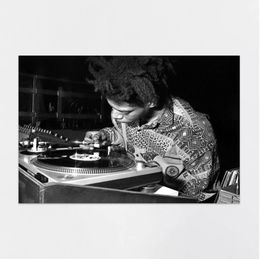

Photography - 76 x 56 x 0.05 cm Photography - 29.9 x 22 x 0 inch
$665

Photography - 61 x 88.9 x 2.5 cm Photography - 24 x 35 x 1 inch
$18,500

Photography - 60 x 90 x 0.1 cm Photography - 23.6 x 35.4 x 0 inch
$2,199
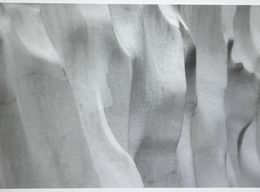

Photography - 60 x 42 x 0.5 cm Photography - 23.6 x 16.5 x 0.2 inch
$1,860

Photography - 46 x 36 x 0.5 cm Photography - 18.1 x 14.2 x 0.2 inch
$2,142


Photography - 27 x 21 x 0.2 cm Photography - 10.6 x 8.3 x 0.1 inch
$36,079


Photography - 91.4 x 61 x 0.3 cm Photography - 36 x 24 x 0.1 inch
$5,000
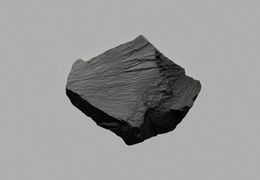
Photography - 69 x 100 x 0.3 cm Photography - 27.2 x 39.4 x 0.1 inch
$1,500

Photography - 30 x 45 x 0.3 cm Photography - 11.8 x 17.7 x 0.1 inch
$609
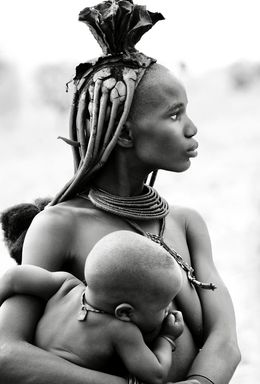
Photography - 113.6 x 81.6 x 0.25 cm Photography - 44.7 x 32.1 x 0.1 inch
$1,500 $1,125
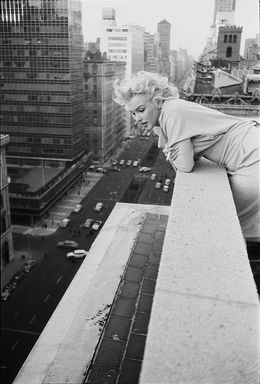

Photography - 50.2 x 40 x 0.3 cm Photography - 19.75 x 15.75 x 0.1 inch
$45,000

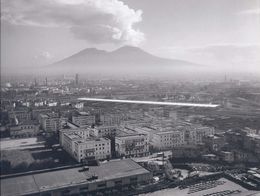
Photography - 102 x 130 x 2 cm Photography - 40.2 x 51.2 x 0.8 inch
$11,275

Photography - 160 x 90 x 1 cm Photography - 63 x 35.4 x 0.4 inch
$1,804
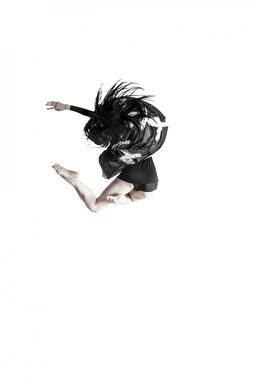
Photography - 75 x 50 x 1.5 cm Photography - 29.5 x 19.7 x 0.6 inch
$2,019

Photography - 110 x 91.9 x 0.3 cm Photography - 43.3 x 36.2 x 0.1 inch
$2,000

Photography - 40 x 30 x 0.3 cm Photography - 15.7 x 11.8 x 0.1 inch
$1,353

Photography - 120 x 80 x 1 cm Photography - 47.2 x 31.5 x 0.4 inch
$2,819

Photography - 50 x 50 x 1 cm Photography - 19.7 x 19.7 x 0.4 inch
$970
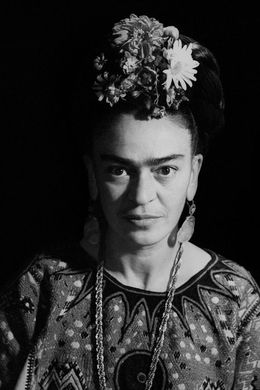
Photography - 50.8 x 40.6 x 1.3 cm Photography - 20 x 16 x 0.5 inch
$1,600


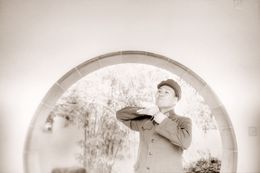
Photography - 60 x 90 cm Photography - 23.6 x 35.4 inch
$2,819

Photography - 35 x 27.5 x 0.3 cm Photography - 13.8 x 10.8 x 0.1 inch
$1,240



Photography - 30 x 44 cm Photography - 11.8 x 17.3 inch
$2,029

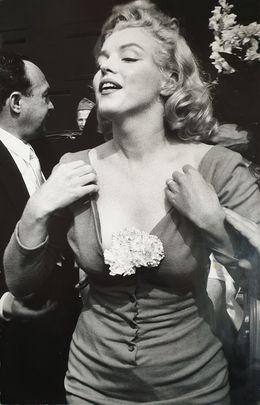
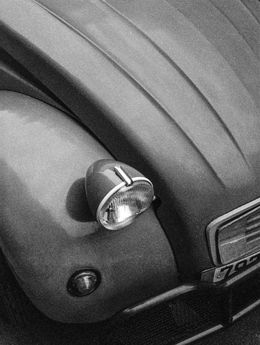
Photography - 80 x 60 x 0.1 cm Photography - 31.5 x 23.6 x 0 inch
$846

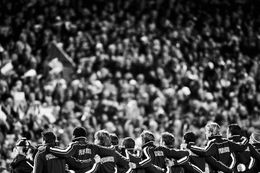



Photography - 203.2 x 162.6 x 0.3 cm Photography - 80 x 64 x 0.1 inch
$14,000


Photography - 26 x 45 x 0.2 cm Photography - 10.2 x 17.7 x 0.1 inch
$1,082
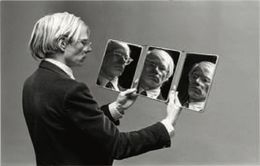
Photography - 53 x 64 x 0.01 cm Photography - 20.9 x 25.2 x 0 inch
$7,328

Photography - 38.1 x 48.3 cm Photography - 15 x 19 inch
$4,500

Photography - 120 x 180 x 2 cm Photography - 47.2 x 70.9 x 0.8 inch
$2,819

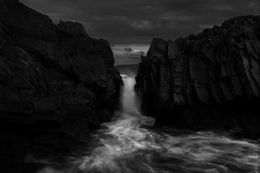
In photography, black and white means that all color has been removed from the image, leaving just shades of gray that span from black to white. This can either be done digitally or by using black and white film.
Many photographers and artists use black and white photography because it removes the distraction of color from an image. This can draw more focus to elements of the image such as the facial expression or gesture of the subject, the composition, or the shapes and textures.
Black and white photography is generally shot using the same equipment as color photography (although if film, using black and white film), but artists may optimise their results by looking for high contrast images, light sources, and interesting textures.
Choose your preferences
The art is yours
The art is yours